
Culture
09:57, 29-Mar-2018
Parma Ham in China? Yes, please!
By Tianran He, Hou Li
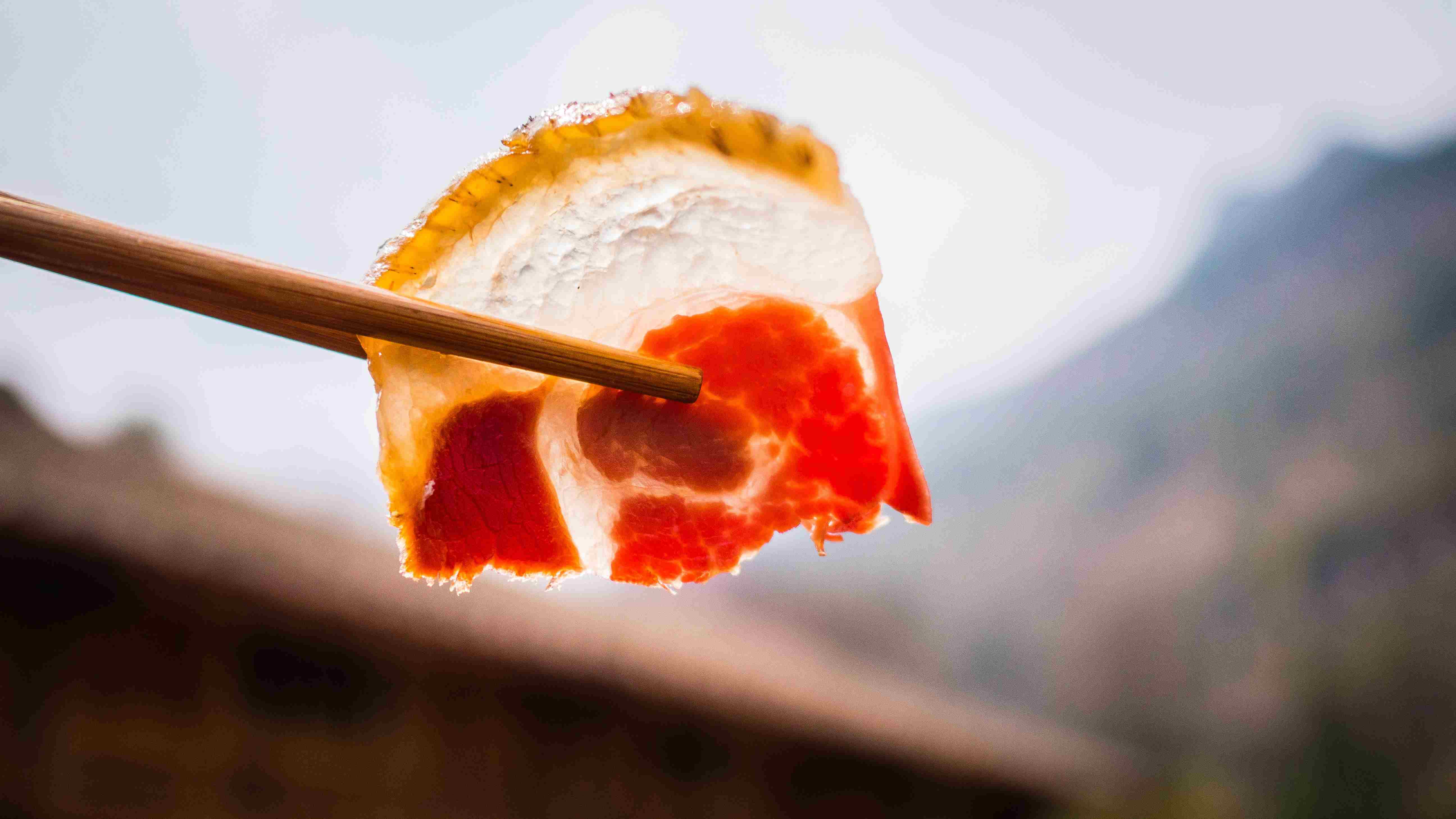
Think about the most popular cured hams from around the world. Now, which of those aren't Parma ham or jamón ibérico? While the Italians, Spanish and Portuguese may have cornered the market on cured hams in the West, in China they face stiff competition from a local producer.
Famous at home
Chances are you've never heard of Xuanwei County. However, for over 250 years, this little pocket of Yunnan Province in southwest China has been renowned for producing dry-cured ham. In fact, they even received international acclaim when they won a gold medal at the 1915 Panama-Pacific International Exposition for their meat product.
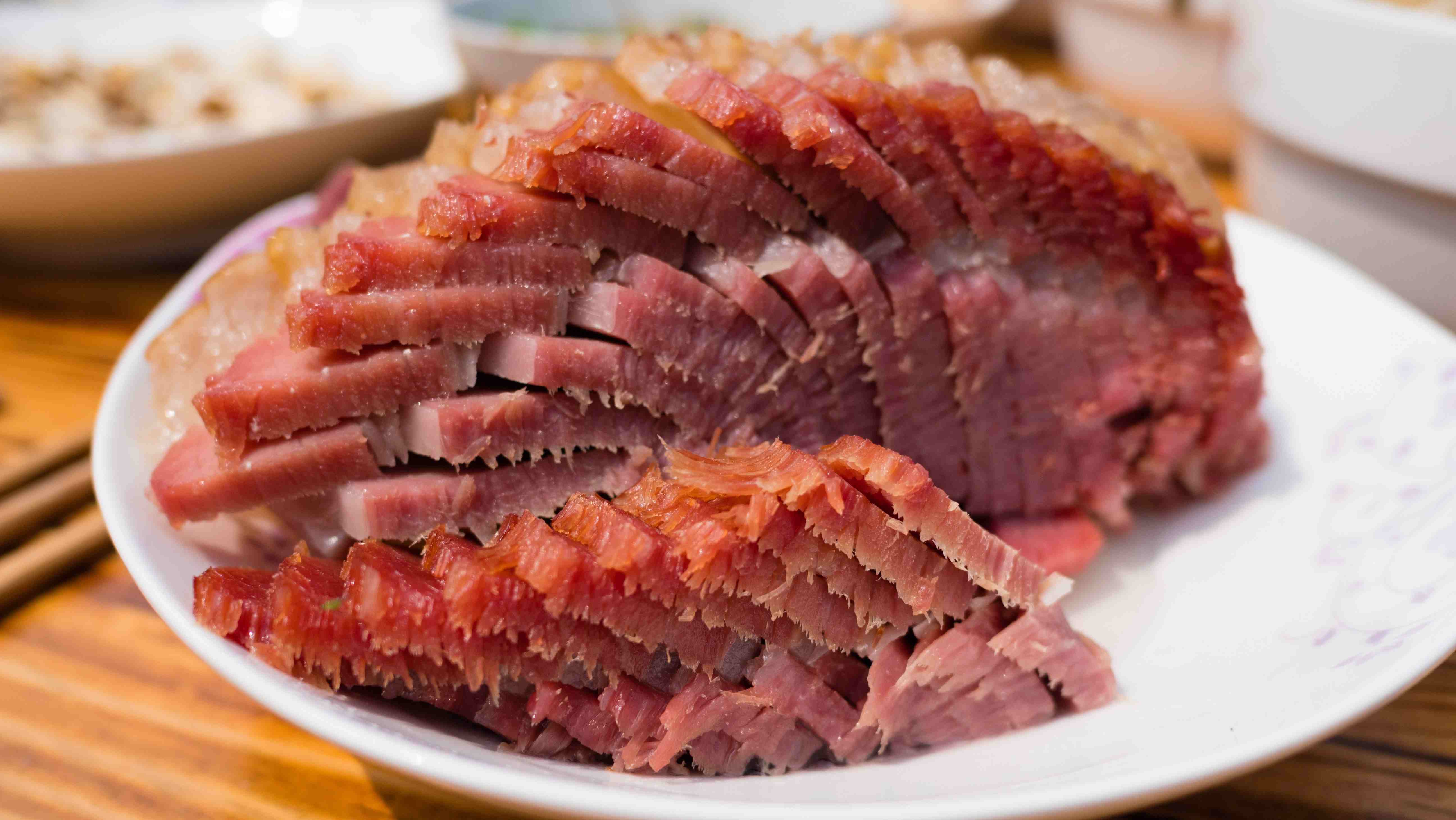
Xuanwei Ham is a favorite among Yunnan dishes. /CGTN Photo
Xuanwei Ham is a favorite among Yunnan dishes. /CGTN Photo
However, the Chinese aren't as fond of eating their pork raw. Instead, thanks to its fragrant, savory meat, Xuanwei ham is often added to soups, stews and braised dishes in order to give them richer flavors.
Can China make its own Parma Ham?
That's not to say Xuanwei ham shouldn't be eaten raw. Like jamón ibérico, Xuanwei ham has to be made from a specific breed of black pig known for its high fat content, muscle quality and thin skin. The commercially raised pigs we're used to simply will not do: Their bodies contain higher levels of moisture, which means that during the curing process, more salt needs to be added – something that could potentially ruin the meat’s flavor.
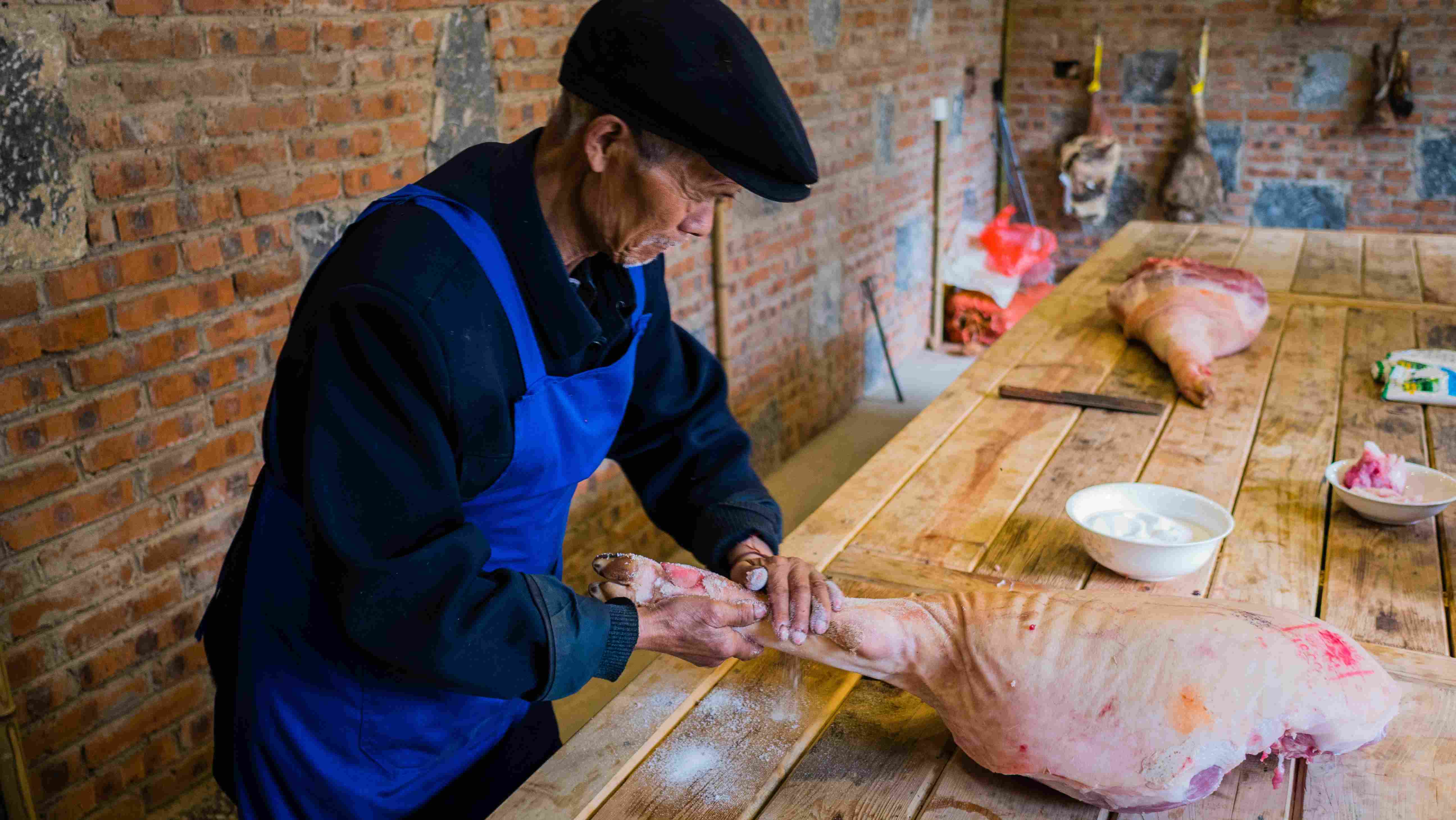
With each leg of ham weighing around 10kg, dry-curing can be tiring work. /CGTN Photo
With each leg of ham weighing around 10kg, dry-curing can be tiring work. /CGTN Photo
Dry-curing
takes place in several stages. First, salt is stir-fried in order to make it
stickier and thus more easily rubbed into meat. It's then scrubbed over every
inch of the ham and pressed into all its nooks and crannies. Over a period of
10 days, the ham will go through two more salt-rubbing sessions before being
stacked for a week, and then finally hung up for storage.
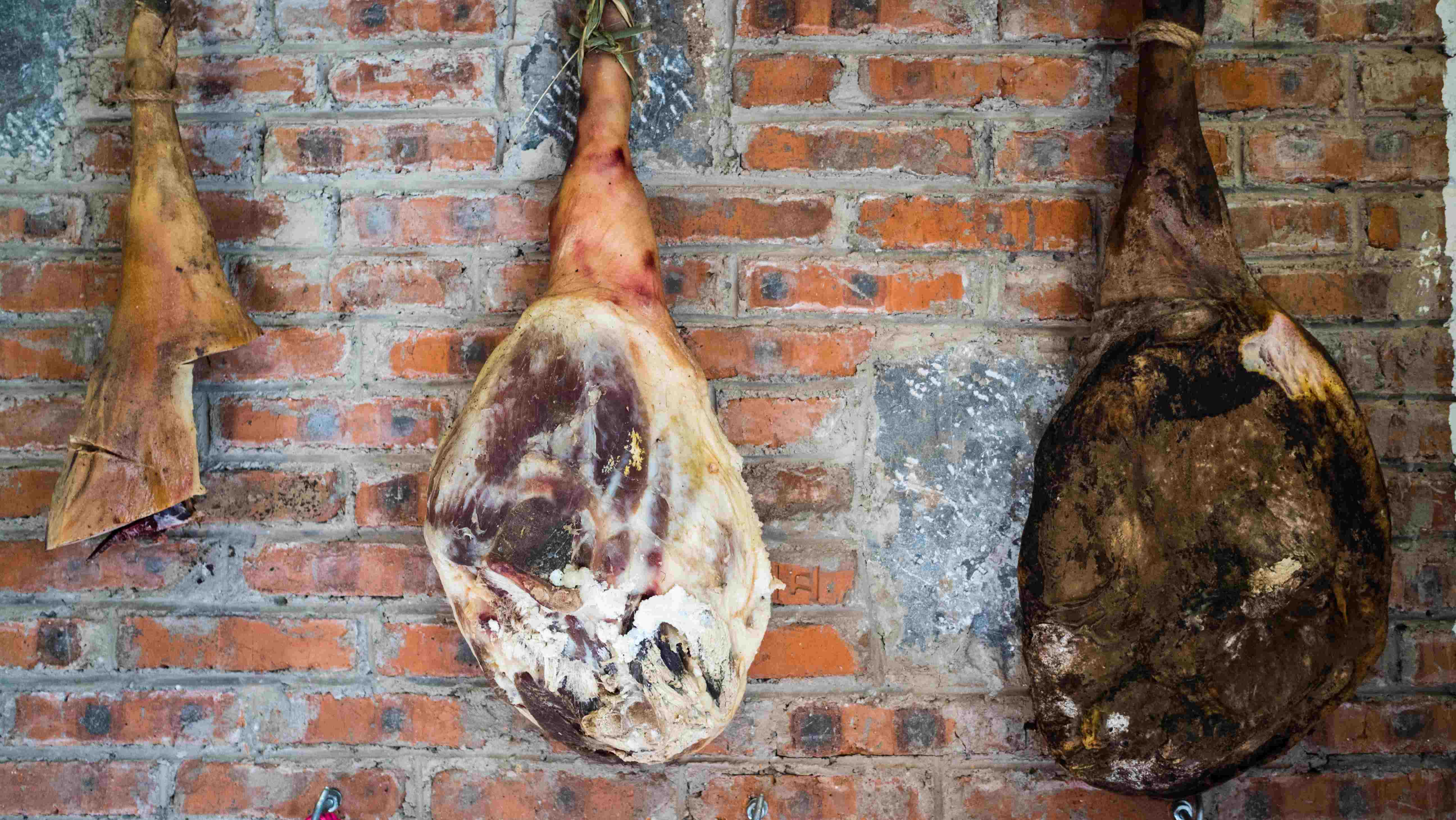
Brown mould is better for ham as it contains active yeast. /CGTN Photo
Brown mould is better for ham as it contains active yeast. /CGTN Photo
The surprising secret to tasty meat
Over time, the surface of the ham will slowly grow mould – this is a good thing. Like with blue cheese, this mould will gradually change and enrich the flavor of the meat. Xuanwei ham is like good wine: the older the better. A ham that's been aged at least 3 years can be eaten raw like prosciutto di parma. Served thinly-sliced, it's at once powerfully aromatic, tender and juicy, yet subtly sweet. While the vast majority of Xuanwei hams are still consumed cooked, a grassroots movement is starting to market it as the Chinese answer to Iberian and Parma ham. If it takes off, Xuanwei County may once again find itself taking home the gold.
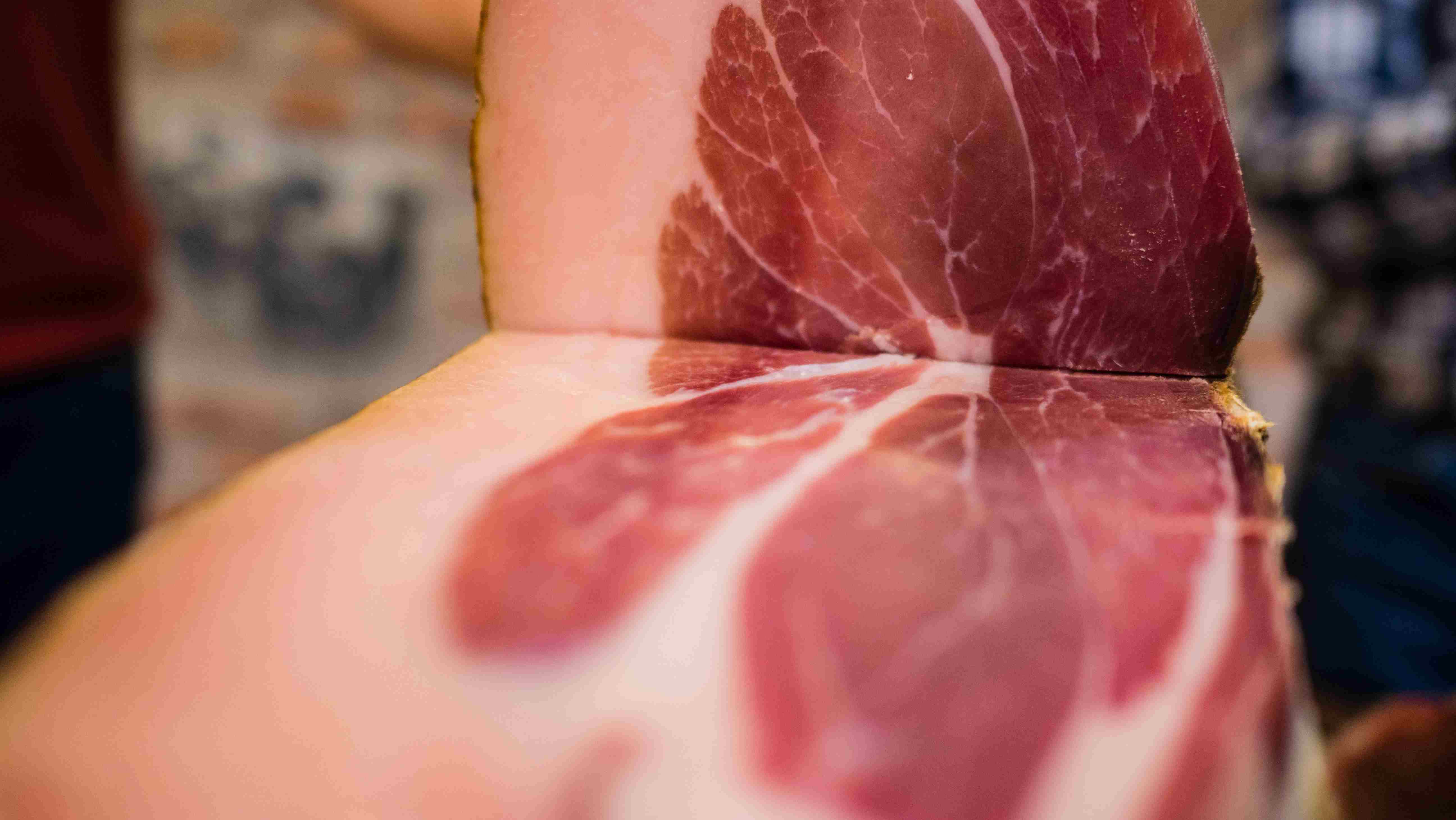
Xuanwei or Parma Ham? /CGTN Photo
Xuanwei or Parma Ham? /CGTN Photo
Explore China with Travelogue host Tianran He on CGTN. Travelogue broadcasts on Sundays at 7:30 a.m. and 4:30 p.m., Mondays at 2 a.m. and Thursdays at 1:30 p.m. (Beijing Time).

SITEMAP
Copyright © 2018 CGTN. Beijing ICP prepared NO.16065310-3
Copyright © 2018 CGTN. Beijing ICP prepared NO.16065310-3